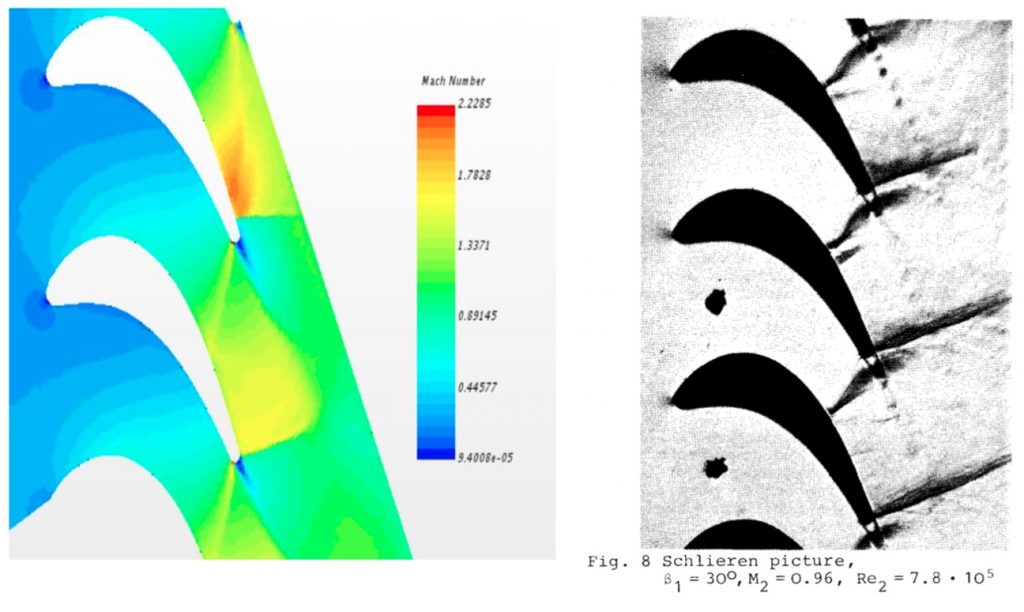Introduction to Computational Fluid Dynamics

A link to a PDF document of the fall 2017 course projects. Intro_CFD_Highlights_2017fall
Course Objectives
This course introduces students to the general theories, numerical algorithms, and processes of computational fluid dynamics. The main objectives are to understand the pre-process that includes the definition of the problem and grid generation, the solver, and the post-process that includes analysis of the results. The students will learn to interpret computational fluid dynamics results and develop skepticism that is balanced by verification and validation techniques. Throughout the course concepts will be illustrated through the use of one popular commercial computational fluid dynamics computer program. The students will have fundamental knowledge of boundary conditions, grid generation, solvers, turbulence modelling, visualization, numerical methods, and a variety of special topics at the termination of the course.
Course Description
Course Catalogue: General theory, skepticism, and practice of computational fluid dynamics. Computational grids and generation, boundary conditions, fluid dynamics, numerical methods, visualization, turbulence modelling, and various special topics. (Credits 3)
Course Pre-Requisites / Co-Requisites
EAS 4101 (Aerodynamics) and/or EGN 3353C (Fluid Mechanics), or consent of professor.
Recommended Textbooks
- Müller, J., `Essentials of Computational Fluid Dynamics,” CRC Pressure, Taylor & Francis Group2016. ISBN: 978-1-4822-2730-7 (Paperback)
- Ferziger, J. H. and Peric, M., `Computational Methods for Fluid Dynamics,’ Springer,
- Cummings, R. M., Mason, W. H., Morton, S. A., and McDaniel, D. R., `Applied Computational Aerodynamics,’ Cambridge, University Press, 2015.
- Tannehill, J. C., Anderson, D. A., and Pletcher, R. H., `Computational Fluid Mechanics and Heater Transfer,’ Taylor and Francis, 1997.
- Anderson, J., `Computational Fluid Dynamics,’ McGraw-Hill, 1995.
- Various handout material provided digitally by professor.
- A calculator is highly recommended.
Course Schedule
Week 1: Introduction
Week 2: Introduction cont. and Grid Generation
Week 3: Grid Generation
Week 4: Fluid Dynamics
Week 5: Fluid Dynamics
Week 6: Numerics
Week 7: Numerics and Midterm 1
Week 8: Visualization
Week 9: Visualization
Week 10: Turbulence Modelling
Week 11: Turbulence Modelling
Week 12: Parallel Computing
Week 13: Special Topics
Week 14: Project Presentations
Week 15: Project Presentations and Midterm 2